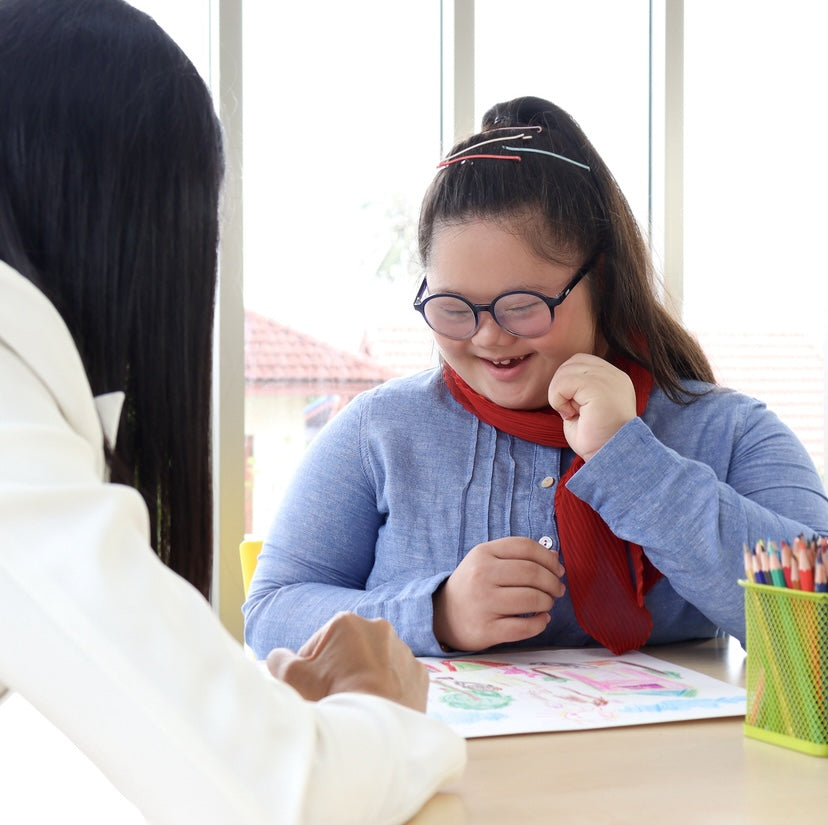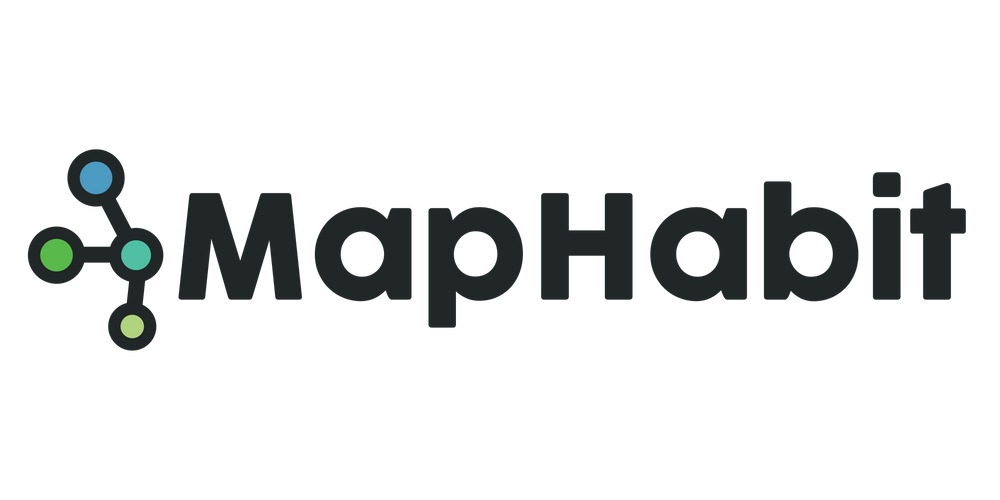Study findings demonstrate significant improvements in the quality of life of parents of children with Down Syndrome after using MapHabit's visual mapping software.
Source
Published Date
July 2021
Authors
White, K; Han, S; Golden, M; Zola, S
Abstract
Georgia Bio Innovation Summit-November 2020 | Findings demonstrate that the MHS addresses the need for a personalized assistive technology tool that assists with independence amongst families with children living with Down Syndrome.
There is a growing body of evidence that assistive digital technology may improve the Quality of Life (QoL) of individuals with intellectual disabilities. The MapHabit System (MHS) is an example of such a technology, for it provides visual-mapping, step-by-step cues containing photos and audio to assist users in completing tasks. These step-by-step cues encourage the development of routines and independence.
The MHS has previously been used amongst memory impaired individuals and was shown to facilitate the accomplishment of their activities of daily living (ADL) more independently and improve their overall quality of life. Given that the MHS promotes independence, we decided to explore the potential benefits of the MHS for both individuals with a developmental disability and their caregivers.












